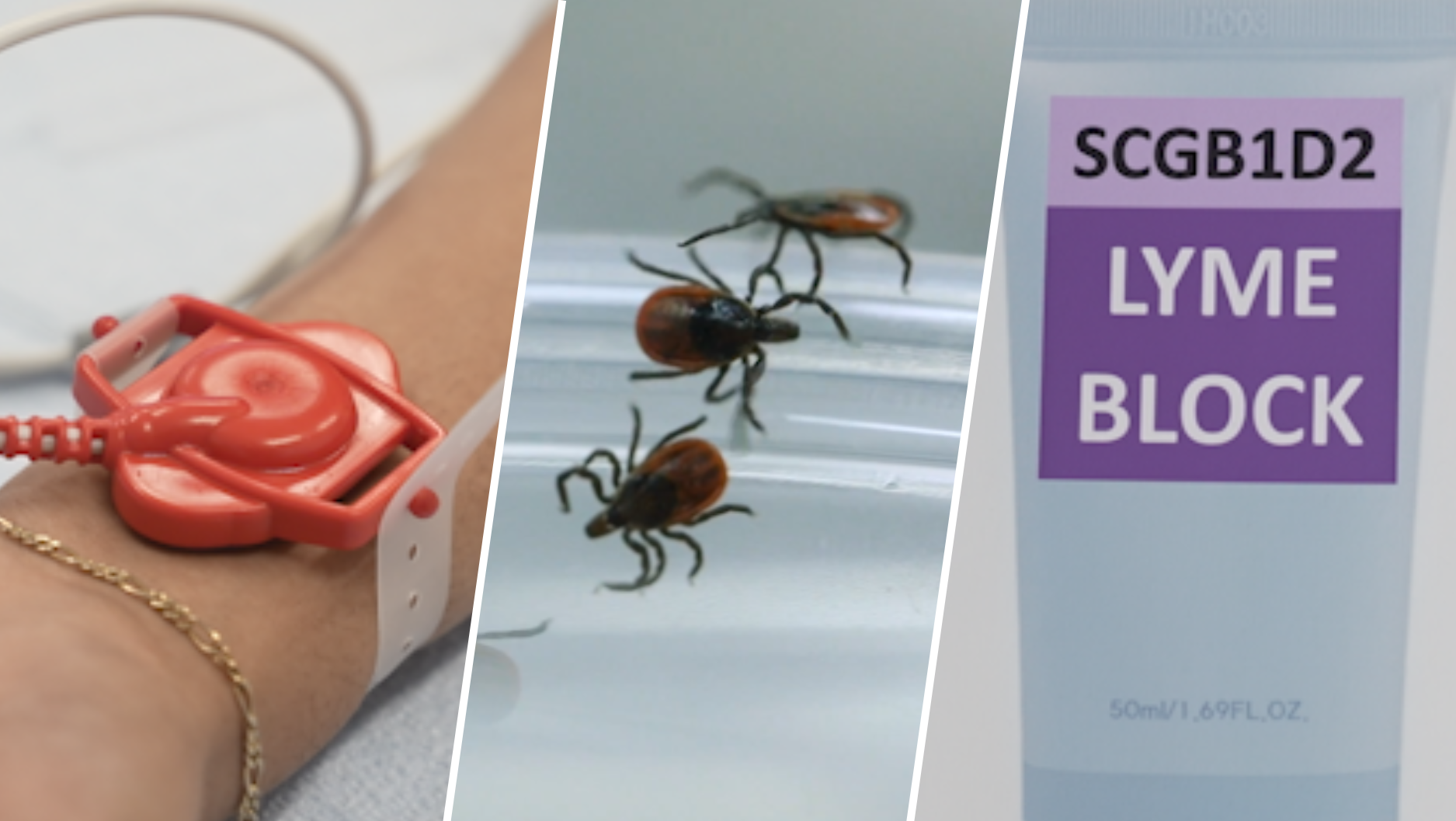In an effort to help doctors track the world's leading cause of death, cardiovascular diseases, a Massachusetts biomedical engineer is working to create the heart monitor of the future — one that could give people important insight into the state of their arteries, and be no more burdensome than a stick-on tattoo.
UMass Amherst biomedical engineering professor Dmitry Kireev's device would give people the ability to monitor their own cardiac health, including the health of their arteries, with an ultra-thin, peel-on device.
Typically, to diagnose conditions that impact the arteries, patients would have to go to a medical facility for an ultrasound, MRI or another form of imaging. But Kireev says he is using a $231,000 grant he was recently given by the American Heart Association to build off a prior project that used graphene — a special type of material that is essentially a sheet of carbon just one atom thick — to create a heart monitor.
Graphene holds many useful properties, including super-strength, electrical conductivity and flexibility, and researchers all over are still learning more about its applications.
At the University of Texas at Austin, researchers have been able to produce a tattoo-like, graphene-based heart monitor that they say could perform uninterrupted electrocardiograms and seismocardiographs — both methods to track heartbeats — for days on end.
Kireev said that the research team, which he joined before coming to UMass Amherst, was able to get the technology to track blood pressure continuously as well.
And now, he wants to take things a step further.
"What we are trying to do in the future is to get a little bit further than just measuring blood pressure, to get into a root problem," Kireev said. "One of the major root problems for cardiovascular diseases is arterial stiffness."
Arterial stiffness is when the arteries in the body lose their ability to properly expand and contract. It comes with age but is exacerbated by certain health conditions.
Arterial stiffness and atherosclerosis, the buildup of plaque in the arteries, can lead to hypertension, stroke and coronary artery disease, and cardiovascular diseases are the top cause of death around the globe, according to the World Health Organization.
Nearly 18 million people die annually from cardiovascular diseases, a group that includes coronary heart disease, cerebrovascular disease, rheumatic heart disease and more. Over 80% of deaths are due to heart attacks and strokes, according to the WHO.
"Typically, the problem [is] developed when it's already too late for us," Kireev said. "What's part of the research that we are doing here is trying to create solutions for preventive care."
Kireev hopes to develop the technology over the next three years.
"This is literally on the tattoo paper," he demonstrated. "You have this tattoo, you put it in water, you just put it, stick it on skin, you remove the paper, and then the kind of the image stays on the skin. It's exactly the same concept. But instead of the image that stains on the skin, it's graphene that stays on the skin."
That graphene-based heart monitor would be able to track important biomarkers to let users know about potential problems before symptoms develop, giving them a chance to course-correct by changing their lifestyle and diet.
Eventually, Kireev envisions this as a product that someone could pick up at a pharmacy. He speculated that people with genetic dispositions to cardiac issues and athletes may be the earliest adopters, but hopes that it's something that brings preventative care to a wide variety of people.
He estimated that, if the research pans out, people could find the heart monitors on store shelves in about 10 to 12 years.
Meanwhile, Kireev is working on research to develop another graphene heart monitor that would be implanted onto the heart and also function as a pacemaker. That research is not as far along.



